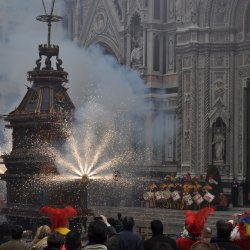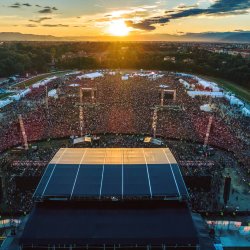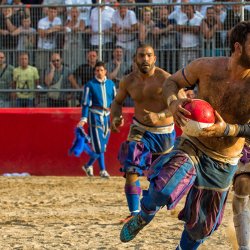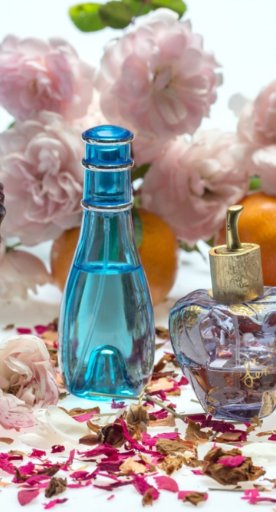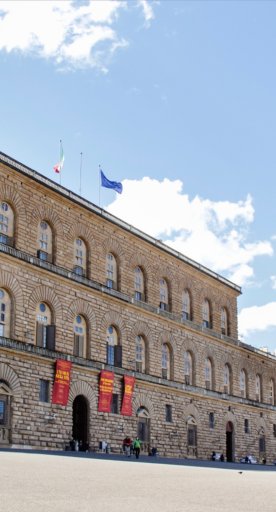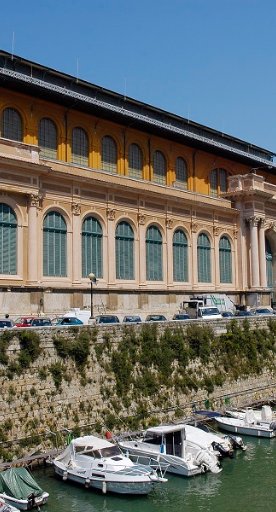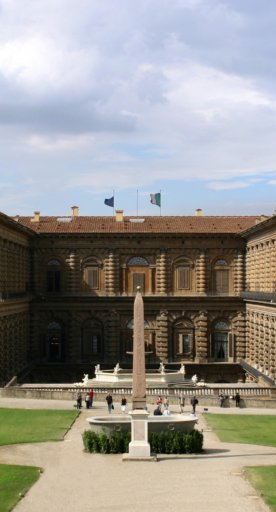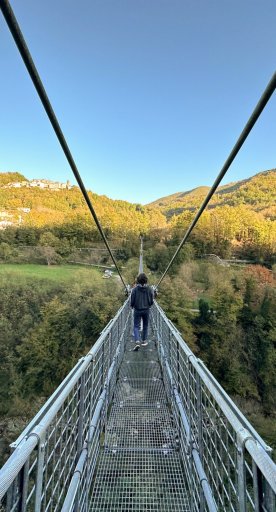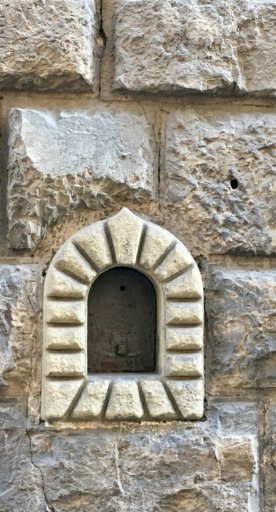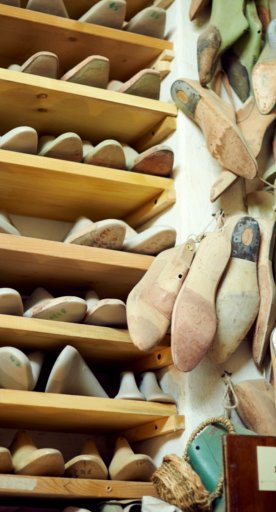

Outside the city walls of Florence
A few ideas to guide you beyond Florence's city walls
If you have more than a couple of days left to visit Florence and you have already seen the most part of the city centre, step outside the city walls and visit its surroundings. In Castello, not far from Florence going towards Sesto Fiorentino, you can visit two Medici Villas called Villa di Castello and Villa La Petraia. Villa di Castello was restored for Cosimo 1st de' Medici who commissioned Tribolo to design what is now one of the beautiful examples of Italian Garden, boasting a central fountain and an amazing grotto representing animals. The interior of the Villa, headquarters of the Accademia della Crusca, is not open to the public, but just adjacent to the garden you can visit the limonaia that collects various types of beautiful lemon trees.
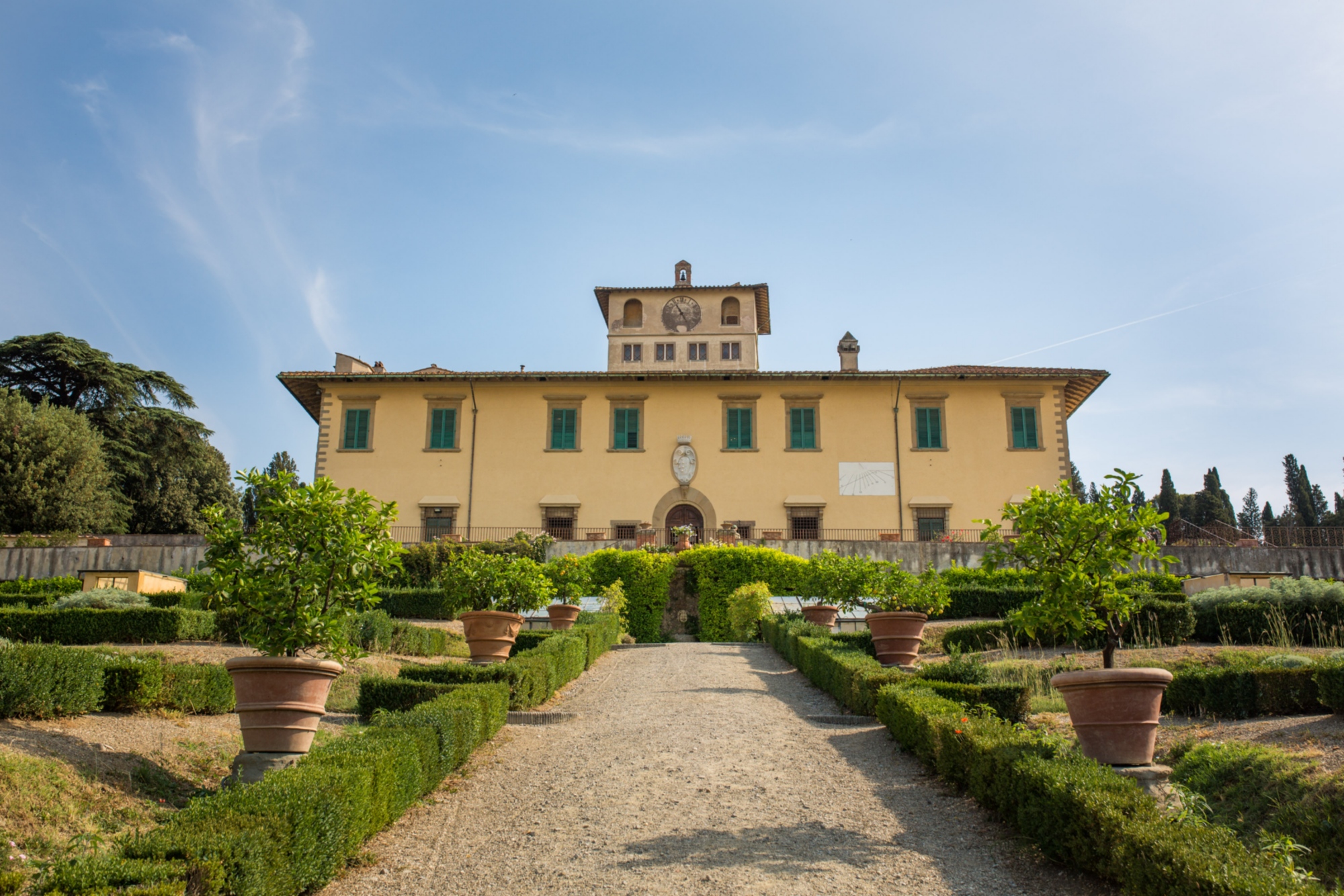
Just a short distance away is the Villa La Petraia, the Medici ordered Buontalenti to remodel it in the 16th century. The villa, frescoed by Cosimo Daddi (1591-94) and Volterrano (1636-48), was also the residence of Vittorio Emanuele II, King of Italy. The villa has a large Italian garden and a romantic park behind it. There was a famous bronze sculpture by Giambologna depicting Venus-Fiorenza originally put at the top of the ancient fountain in the garden, but now it is located inside, away from elements that can ruin it.
Let's move to Settignano, a small village built on the north east hillside of Florence that can be reached after a panoramic drive through the hills from Fiesole. It was home to the poet Gabriele D'Annunzio who decided to move to the Villa La Capponcina where he left precious furniture. Not far is the well-known Villa Gamberaia and its gardens which are considered among the loveliest in Europe – from here there you can spot unforgettable views of the Florence skyline.

Just two kilometers south of Florence rises the austere fortress-like Certosa del Galluzzo. Founded by Niccolò Acciaiuoli in the 14th century to host young Florentines who studied the liberal arts, today it is inhabited by a community of Cistercian Benedectine monks. It contains several important artworks including five lunettes with ‘Scenes from the Passion’ frescoed by Pontormo (1523-25).
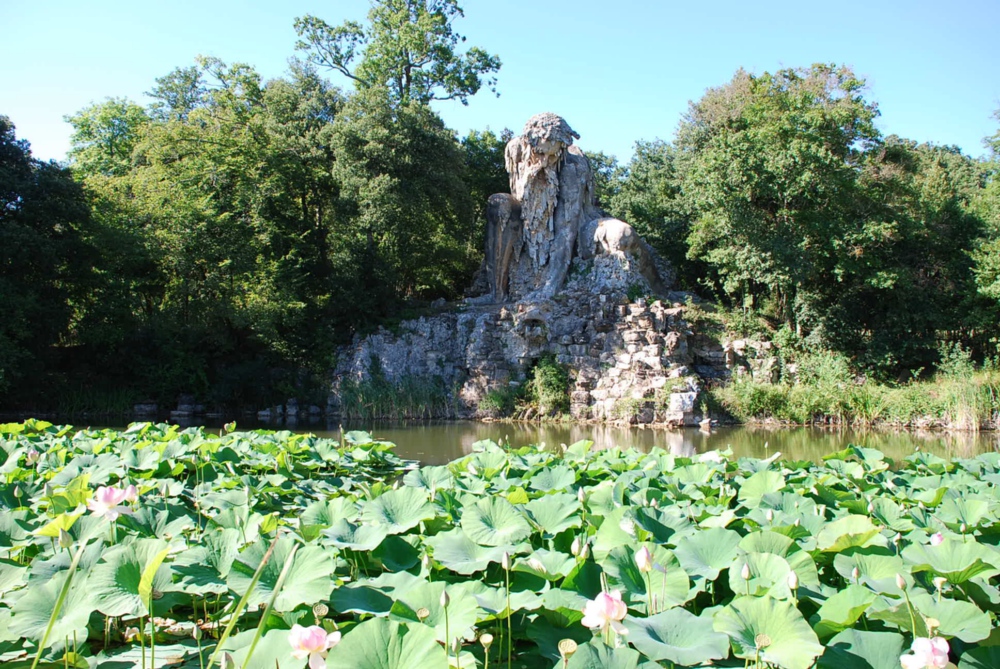
On the Via Bolognese, in a place called Pratolino, is the Villa Demidoff Park. Little remains of the splendid villa that Buontalenti built for Francesco I de' Medici in 1575. The park, that has been completely restored, is opened from April to October and is a wonderful place to visit outside the city. Giambologna's monumental statue of the ‘Appennines’ (1579-89) is an outstanding example of Florentine Mannerism.

Close to Florence but with a character all of its own is Fiesole, high on the hill overlooking the Brunelleschi's Dome. Unlike Florence, Fiesole was founded by the Etruscans and preserves both Etruscan and Roman remains in its huge archaeological area and museum. Visit also the Romanesque cathedral of San Romolo, with its typical tower-shaped campanile; the Palazzo Vescovile (Bishops’ Palace) founded in the 11th century and reconstructed in the 17th; the ancient church of Santa Maria Primerana, built on Etruscan foundations; the Basilica of Sant’Alessandro, which now houses exhibitions, together with its church and monastery, and the Missionary Museum of San Francesco. The natural beauty of its surroundings make Fiesole the starting point for excursions on foot towards Monte Ceceri or the Caldine hills.







